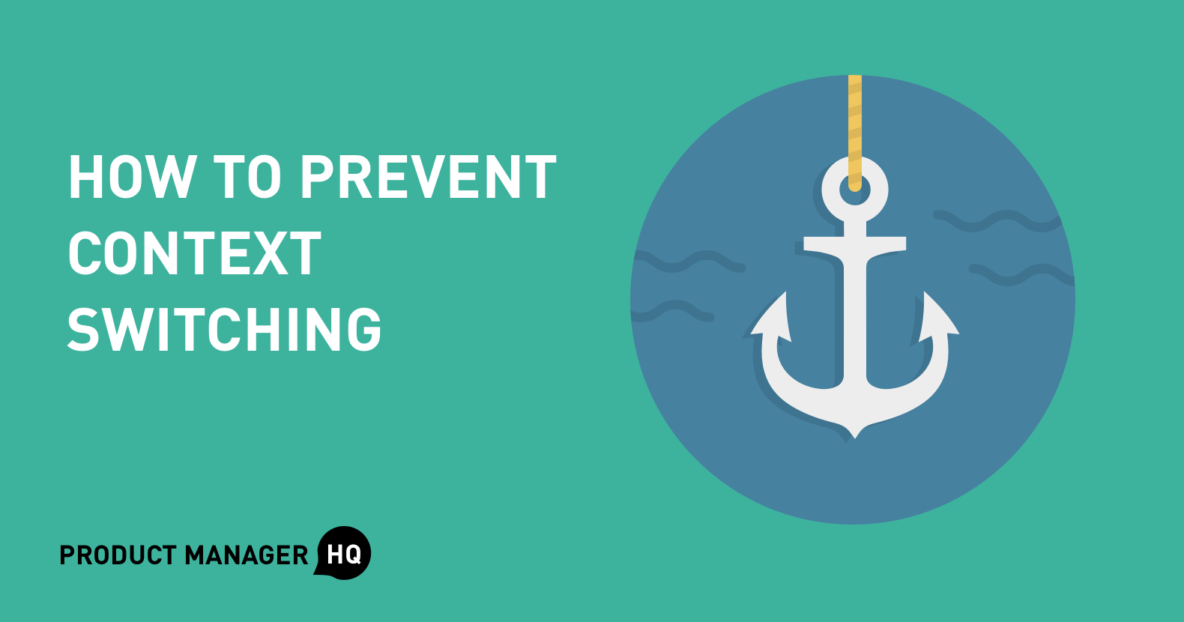An outstanding resume is absolutely critical for any product manager. After all, product managers are products – for us to successfully sell ourselves as products, we must signal our value, and resumes are one of the most effective ways to signal value.
Many product manager resume guides focus on prescriptive “outcome-oriented advice.”
In other words, many guides will tell you which buzzwords to use in your resume, or what spacing and font you should use, or what side projects you should tackle, or which classes you should take.
I disagree with that approach, because product management is fundamentally about processes and frameworks, not about outcomes.
This guide is different because it’s “framework-oriented.”
Clement Kao has published 60+ product management best practice articles at Product Manager HQ (PMHQ). Furthermore, he provides product management advice within the PMHQ Slack community, which serves 8,000+ members. Clement also curates the weekly PMHQ newsletter, serving 27,000+ subscribers.






